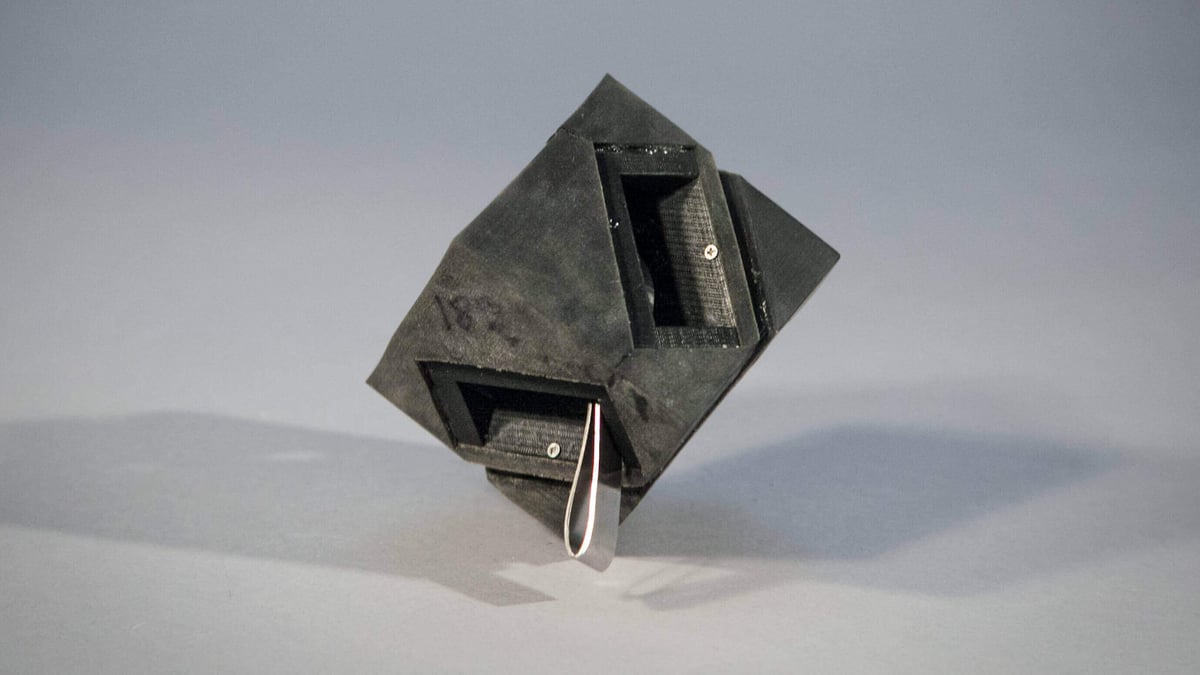MIT has developed “Programmable Viscoelastic Materials” which can be 3D printed to make soft skins and work as shock absorbers.
Fictional robots like Baymax from Big Hero 6 have inspired brainiacs at the Massachusetts Institute of Technology (MIT) to wrap machines in protective padding.
The Computer Science and Artificial Intelligence Laboratory (CSAIL) at MIT has invented a new method of 3D printing programmed soft materials. The benefit of their work is that robots will be safer when operating in unpredictable environments, and their movements much more precise.
Their process relies on the newly developed “programmable viscoelastic materials”. A material which they say could improve the durability not just of robots, but also phones, drones, shoes and helmets.
The way it works is to tune every aspect of a 3D printed skin to a user’s preferred level of elasticity. This elasticity allows for a robot to bounce and land four times more precisely, rather than smash on impact.
See the video below to learn more about their Programmable Viscoelastic Materials:
Benefits of Bouncy Programmable Viscoelastic Materials
CSAIL’s new process combines standard print materials with a non-curing liquid. This allows the user to program specific parts of 3D printed objects to preferred levels of elasticity and stiffness.
For example, the team 3D printed a cube robot which moves by bouncing. They then 3D printed a skin and programmed the levels. They programmed the amount of energy the cube transfers to the ground to just 1/250, allowing the cube to bounce more.
CSAIL Director Daniela Rus co-wrote a related paper and oversaw the project. She said:
“That reduction makes all the difference for preventing a rotor from breaking off of a drone or a sensor from cracking when it hits the floor. These materials allow us to 3D print robots with visco-elastic properties that can be inputted by the user at print-time as part of the fabrication process.”
The material is mainly beneficial for robots, making them more precise and reducing the risk of damage. But CSAIL points out that other electronic gadgets and gizmos could also benefit from the added protection.
Along with Rus, lead authors Robert MacCurdy and Jeffrey Lipton, and a third author Shuguang Li wrote the paper. It will be presented at IEEE/RSJ International Conference on Intelligent Robots and Systems in Korea next week.
Source: MIT News

License: The text of "Programmable Viscoelastic Materials: Robots with 3D Printed Skin Can Absorb Shock" by All3DP is licensed under a Creative Commons Attribution 4.0 International License.